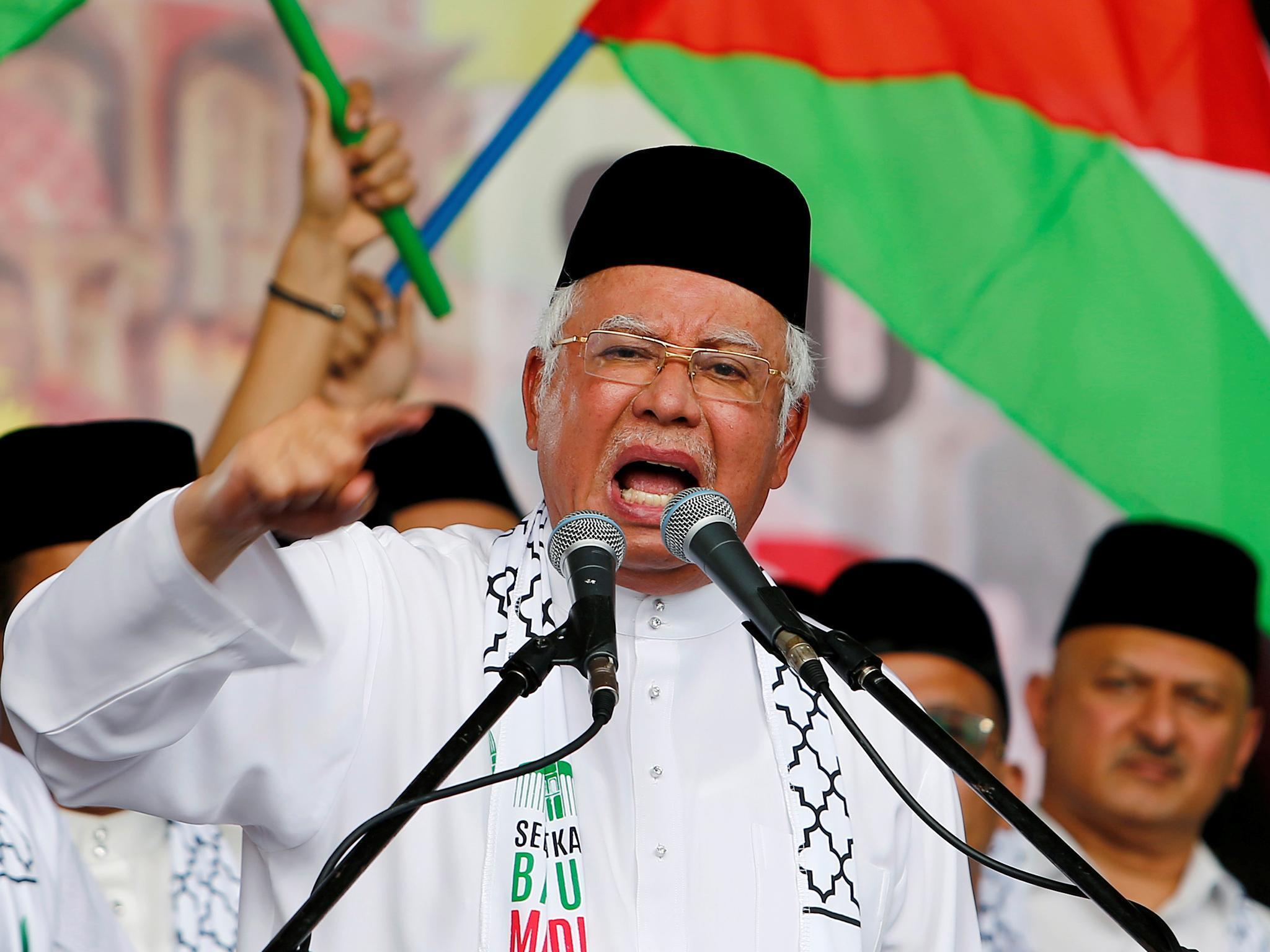The Future of Japan’s Leadership: Contenders for PM Ishiba’s Throne
Japan’s political landscape is once again on the precipice of change, as Prime Minister Shigeru Ishiba finds himself navigating turbulent waters following a dismal electoral performance by the ruling Liberal Democratic Party (LDP). Ishiba has committed to stabilizing the situation, but with a leadership vote looming in the next 30 days, the questions remain: Who will rise if he falls? Let’s delve into the potential successors who could reshape Japan’s political future.
Who will take the reins if Ishiba steps down?
The Contenders
Sanae Takaichi: A Controversial Comeback?
Sanae Takaichi, who narrowly lost to Ishiba in the last leadership contest, finds herself in a paradoxical position. She could seize the moment by successfully attributing the recent electoral defeat to Ishiba’s leadership. Yet, her association with a recently exposed slush-fund scandal may weigh heavily against her. While her ambitions are clear—she aims to be Japan’s first female prime minister—her faction’s weakened support may hinder her chances. Her backing for aggressive monetary easing could also be problematic, sparking tensions with the Bank of Japan’s ongoing policy normalization efforts.
Yoshimasa Hayashi: The Stabilizing Force
Could Yoshimasa Hayashi, currently the top government spokesperson, be the savior the LDP needs? Known for his skillful damage control, Hayashi has successfully calmed political storms in the past. With a clean slate—unlike many of his colleagues—he presents a solid middle ground that may appeal to party members seeking stability. His extensive experience as a former minister of foreign affairs suggests he could maintain continuity both domestically and internationally.
Yoshihiko Noda: The Opposition’s Strategist
On the other side of the aisle, former Prime Minister Yoshihiko Noda is looking to capitalize on his party’s strongest election results yet. Leading the Constitutional Democratic Party, he faces the daunting task of forming a coalition to challenge Ishiba’s administration. Despite having 148 seats, Noda would need to rally substantial support to usurp power, relying on forming alliances with smaller opposition parties. Notably, his party advocates for a more flexible monetary policy, which could clash with the conservative agendas of the LDP.
Can Noda lead the opposition to victory?
Yuichiro Tamaki: A Rising Star
Yuichiro Tamaki, head of the Democratic Party For the People, has emerged as a vital player in light of the election results. The party’s significant gains from 7 to 28 seats have placed it in a potentially influential position. While Tamaki has publicly declined to join an LDP-led coalition, the prospect of high-level negotiations could lure him into a power-sharing deal reminiscent of the 1994 political landscape, where a non-LDP member was appointed prime minister.
Katsunobu Kato: The Unifier
Although Katsunobu Kato struggled in the previous leadership race, his ability to bridge divides within the party gives him a distinct edge. Holding relationships with both conservatives and reformists, Kato has forged a reputation for collaboration, particularly during the challenging times of the COVID-19 pandemic. His extensive experience positions him as a potential leader capable of uniting disparate factions in a fragmented political environment.
Yoko Kamikawa: The Dark Horse
Lastly, Yoko Kamikawa could represent a fresh perspective for the LDP. With her strong background in consulting and an emphasis on promoting female representation within the party, Kamikawa could bring renewed energy to the leadership role. While she may not have garnered significant support in past leadership bids, her relatively benign policy proposals have left her without any significant enemies, allowing her to maintain potential viability if the party seeks change.
Which candidate will emerge victorious?
Conclusion: A Pivotal Moment for Japan
As political uncertainty looms in Japan, the question of Ishiba’s survival remains critical. The contenders each embody different aspects of Japan’s complex political fabric, and their potential rise introduces both opportunities and challenges. Should Ishiba falter in the upcoming vote, any of these candidates may not only redefine the LDP but could also leave a lasting impact on Japan’s political direction. The coming weeks will be crucial in determining the fate of an administration in peril and the future of Japanese politics.
Whether instability leads to transformative change or to a return to the status quo is yet to be seen, but one thing is clear: the race for Japan’s leadership is heating up.














